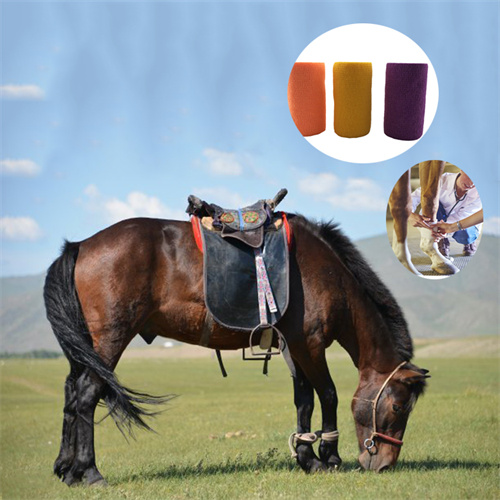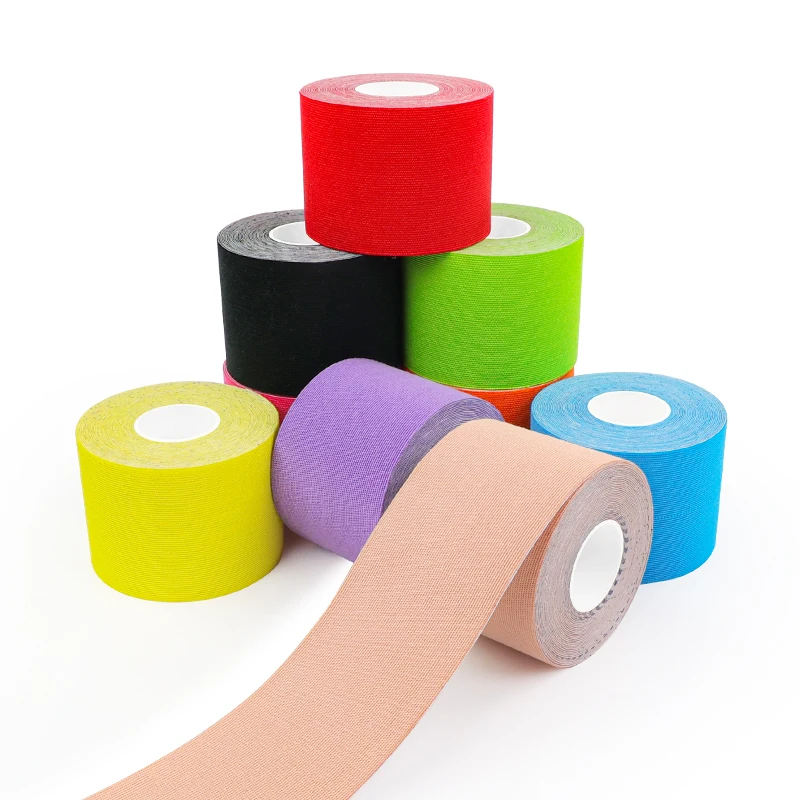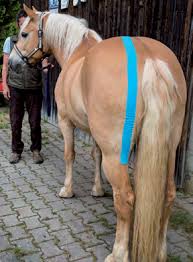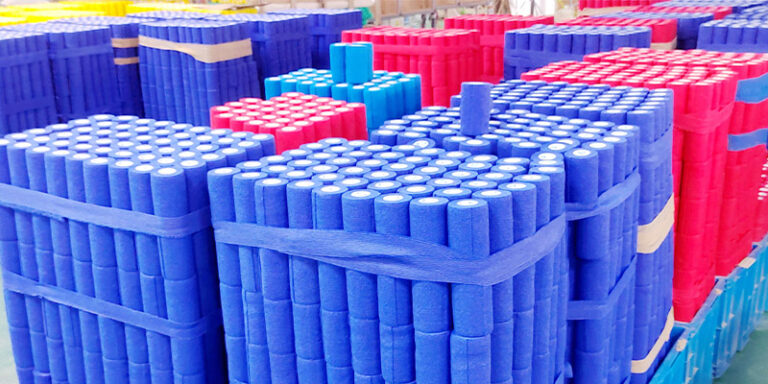Kinesiology tape for horses has become a popular method of providing support and healing to our equine friends. In this article, we’ll cover the basics of kinesiology tape for horses, from what it is, to how it works, to the benefits it can offer. Read on to learn more about this amazing tool that can help your horse live a healthier and more comfortable life!
Introduction
Kinesiology tape is a relatively new product on the market that is designed to help relieve pain and promote healing. It is becoming increasingly popular for use on humans and animals, and many people are finding it to be an effective treatment for a variety of conditions.
There are a number of different brands of kinesiology tape for horses, but they all work in essentially the same way. The tape is applied to the skin in a specific pattern that helps to lift the skin away from the muscles and connective tissue underneath. This provides support and relief from pain, while also allowing for better circulation and movement.
Kinesiology tape can be used for a wide range of conditions, including muscle strains, joint pain, inflammation, and even nerve pain. It is also said to be helpful for reducing swelling and bruising after surgery or injury.


What is Kinesiology Tape?
Kinesiology tape is a type of therapeutic tape that is used to help support muscles, tendons, and ligaments. The tape is applied in a specific way to help promote healing and pain relief. Kinesiology tape can be used on humans and animals, but it is most commonly used on horses.
There are many benefits of using kinesiology tape for horses. The tape can help to reduce inflammation, improve circulation, and decrease pain. It can also help to prevent injuries by providing support to weak or injured muscles, tendons, and ligaments. Kinesiology tape is safe for use on all horse breeds and is an effective treatment for both acute and chronic injuries.
How Does Kinesiology Tape Help Horses?
Kinesiology tape for horses is a type of adhesive tape that is used to support and relieve pain in muscles and joints. It is often used by athletes to prevent injuries and to help recover from them. There is growing evidence that kinesiology tape can also be beneficial for horses.
One benefit of kinesiology tape for horses is that it can help to reduce inflammation. Inflammation is a natural response of the body to injury or infection, but it can also cause pain and stiffness. Kinesiology tape can help to reduce inflammation by lifting the skin away from the underlying tissue, which allows for better blood flow and less pressure on inflamed areas.
Another benefit of kinesiology tape for horses is that it can help to improve circulation. Poor circulation can lead to pain, inflammation, and stiffness. Kinesiology tape can help to improve circulation by lifting the skin away from the underlying tissue and promoting better blood flow. This can help to reduce pain and inflammation and improve range of motion.
Kinesiology tape can also be used to help horses recover from injuries. The Tape can provide support to injured muscles and joints, which helps them heal faster. It can also help to reduce swelling and bruising around an injury site.
Overall, kinesiology tape provides many benefits for horses including reducing inflammation, improving circulation, aiding in recovery from injuries, and reducing swelling and bruising. If your horse has any type of pain or injury, talk to your veterinarian about whether kines iology tape may be beneficial.
How to Apply Kinesiology Tape to Horses?
Kinesiology tape is a type of therapeutic tape that can be used to help horses with a variety of issues. It is often used to help horses with sore muscles, arthritis, and injuries. Kinesiology tape can be applied in a number of ways, depending on the horse’s needs.
To apply kinesiology tape to a horse, start by cleaning the area where the tape will be applied. Then, cut the tape to the desired length and remove the backing. Apply the adhesive side of the tape to the horse’s skin, being careful not to put any wrinkles in the tape. Once the adhesive side is down, smooth out any wrinkles and then apply pressure to the ends of the tape to secure it in place.


Conclusion
Kinesiology tape for horses is a great tool to have in your arsenal if you are looking to help provide relief and support for your equine partner. Not only does it offer pain relief, but also helps reduce swelling and improve circulation. It can be used on any part of the horse’s body, including their joints, muscles, and tendons, allowing them to move with more ease and comfort. Kinesiology tape for horses can be an effective way of providing targeted relief without resorting to medications or other invasive treatments.
FAQ
Does kinesiology tape work on horses?
Equine kinesiology taping is a physiotherapy treatment and has various applications. It can be applied between competitive elements of many international equine events to speed recovery and improve endurance. In recreational riding, it alleviates discomfort from acute and chronic injuries.


